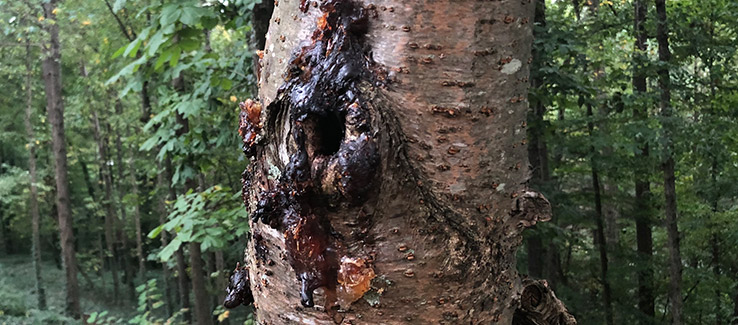Why Is My Tree Leaking Water
Avoid cutting down a healthy tree because of a misguided diagnosis. Wetwood is a common condition that could lead to grave tree health problems but is more beneficial than you might think.
fasttreeremovalatlanta.com gathered information on wetwood and slime flux, how to identify them, and how these conditions affect trees.
What Is Wetwood?
Wetwood is a bacterial condition occurring commonly within the heartwood and/or sapwood of certain tree species, primarily in:
• Birches (Betula)
• Poplars (Populus)
• Sycamores (Platanus Occidentalis)
• Maples (Acer)
• Boxelders (Acer Negundo)
• Ash (Fraxinus)
• Aspens (Populus Tremuloides)
• Elms (Ulmus)
• Cottonwoods (Populus)
• Oaks (Quercus)
• Firs (Abies)
• Hemlocks (Tsuga)
• Willows (Salix)
Traditionally viewed as a nuisance or a disease, wetwood is more of a symbiosis in which the tree creates favorable conditions for any one or combination of numerous bacteria to flourish.
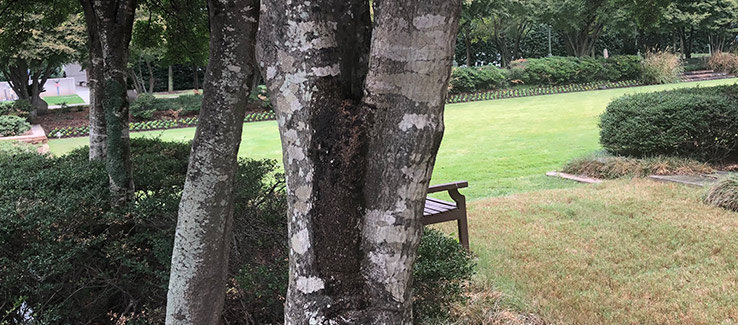
Many of the tree species in which wetwood occurs do not have decay fighting extractives and would be highly vulnerable to fungal infections without the occurrence of the bacteria.
This bacterial growth creates unfavorable conditions for harmful pulp-consuming fungi by lowering the oxygen content of the wood while producing inhibitory organic acids.
The organic acids produced by the bacteria are responsible for the odor associated with wetwood, and slime flux (the liquid that leaks or oozes from the tree).
Bacterial Wetwood and Slime Flux
When a tree with wetwood is wounded, the fluids produced by the bacteria and the tree’s sap will ooze from the wound. Thus, the appearance that the tree is leaking water. The following are essential to know before breaking out the pruning gear:
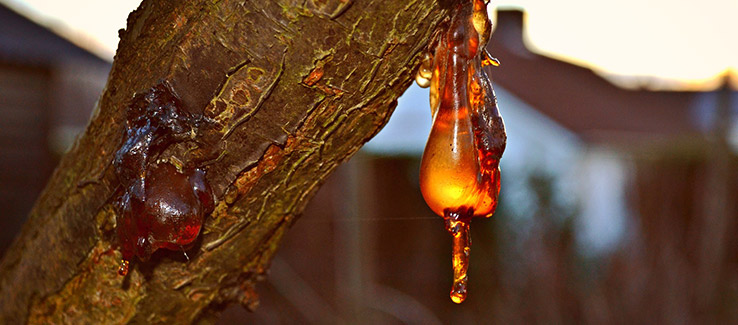
Bacteria By-Product – Within the tree, the fluids produced by the tree’s heartwood and by the bacteria are clear or opaque. Once exposed to the air, they take on a darker appearance, leaving blackened streaks running down the bark.
During the lifecycle of the bacteria, gases are produced, which cause pressure to build up within the tree. Over time, the pressure-driven fluids find an exit path through wounds, cracked bark, storm damage, or boring insect attacks. It is common to see several streaks.
This fluid is acidic, smells sour, attracts a variety of insects, and can quickly damage the tree’s bark. If not neutralized, it can eventually eat through the bark and away at the tree’s trunk leaving a gaping hole in the tree (see treatment measures below).
Trees with wetwood are notorious for spraying or squirting this putrid-smelling fluid when pruning cuts are made.
A crucial aspect of tree health is knowing when to prune, cut, or even remove your trees. Learn more about the process and timing at fasttreeremovalatlanta.com/when-tree-pruning-cutting-emergency-removal-atlanta-ga
Slime Flux without Wetwood – A tree without wetwood may still produce black ooze, white foam, or slime flux when it is wounded or poorly pruned and the exiting sap is contaminated by any of the wetwood causing bacteria.
The potential for this scenario underscores the need to work with sanitized equipment whenever working from tree to tree.
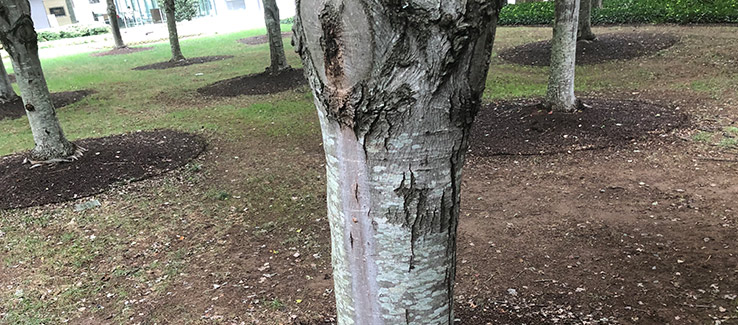
Equipment Treatment – All equipment used to prune or handle a tree with wetwood or slime flux should be sanitized using a 5 part water to 1 part bleach solution.
When Should I Call a Tree Service – As soon as you detect the symptoms of slime flux, call in a professional to evaluate the tree and what – if any – actions should be taken.
Slime Flux Treatment
There is no cure for bacterial wetwood. However, slime flux can and should be treated to prevent severe bark damage to your tree. To neutralize the bacteria and acidic properties of the fluids oozing from your tree, follow these steps:
1 – Mix 1 part bleach to 10 parts water and spray the affected areas of the tree. This solution is a more diluted version of the one used to sanitize your equipment.
2 – Apply the bleach solution once per week for four or more weeks.
3 – Discontinue using the bleach solution when you detect that the tree is healing and stops ejecting fluids.
While you have a tree leaking or oozing these fluids, keep the other trees and shrubs in your yard healthy and disease-free. Read more about tree and shrub disease prevention at fasttreeremovalatlanta.com/5-tree-shrub-disease-prevention-tips
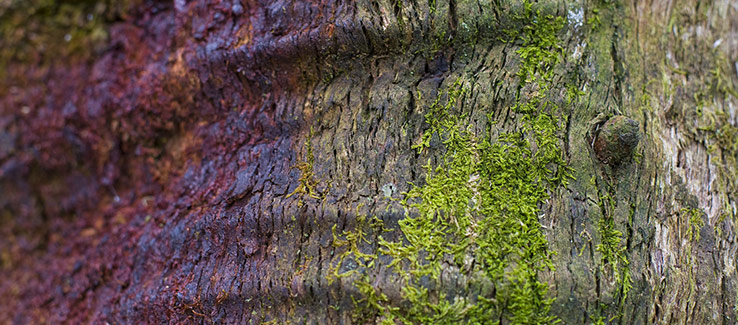
My Tree Is Oozing Sap
In this article, you discovered how wetwood and slime flux can make your tree appear to be leaking water, how to identify them correctly, and when to call a tree service for assistance.
By taking preventative and control measures, you can stop your tree from oozing the putrid-smelling fluid produced from bacterial wetwood.
Without taking action to control slime flux, you are creating the potential for insect infestations, fungal infections, declining health, and the eventual death of your tree.
Sources:
https://forestpathology.org/bacterial-viral-diseases/wetwood/
https://www.mortonarb.org/trees-plants/tree-and-plant-advice/help-diseases/wetwood
ag.umass.edu/landscape/fact-sheets/wetwood-slime-flux/
gatrees.org/community-forests/ask-the-arborist/SlimeFlux.pdf
ask.extension.org/questions/568886
(404) 220-9965
(404) 220-9963

